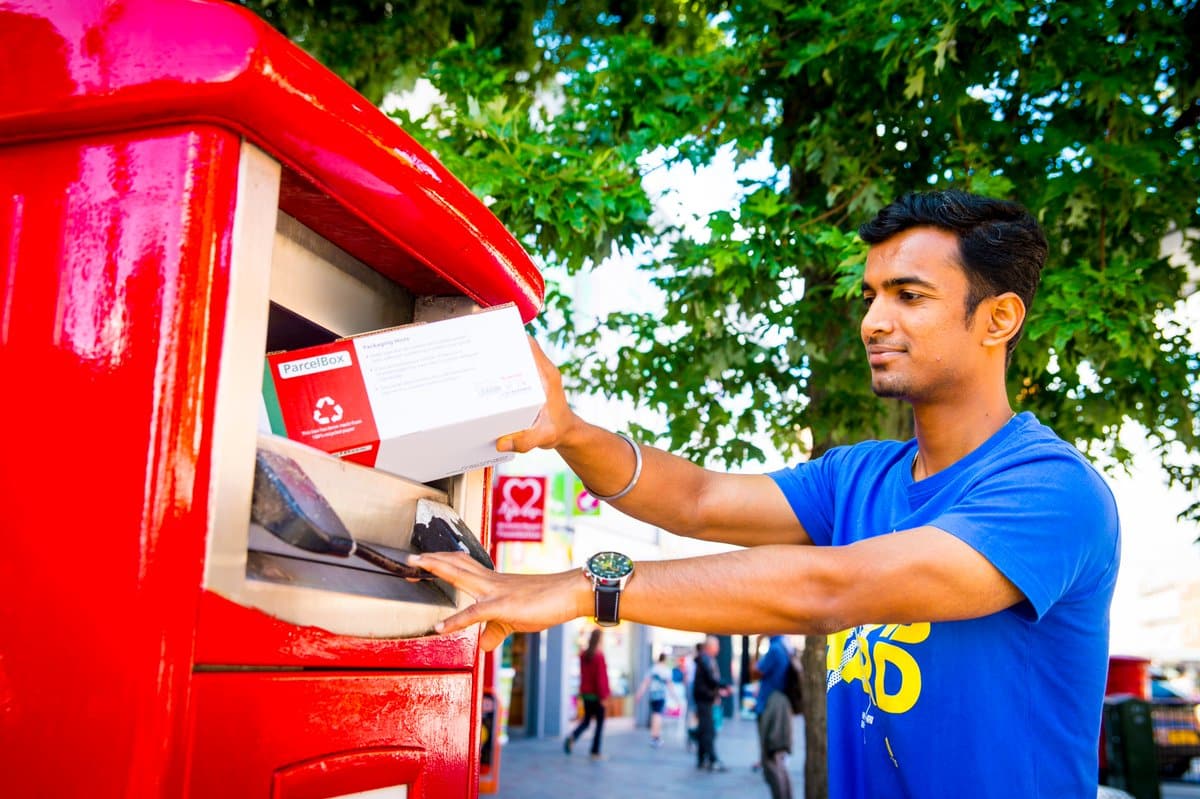Insight / Blog
A mixed response to Royal Mail’s five year plan

With the recent announcement of its five year turnaround plan, the Royal Mail has turned some heads…
Firstly, in the most significant change to the UK’s postbox system in 160 years it announced the launch of the UK’s first ever network of parcel boxes. Opening across 30 towns and cities across the UK, the 1,4000 parcel boxes will enable people to post parcels just as they would letters.
Secondly, in a bold move to accommodate ‘night owl shoppers’ the Royal Mail has announced its intention to reinstate the second delivery exclusively for parcel deliveries – a service it culled 16 years ago to save costs.
And thirdly, they’re capturing the snowballing volume of online returns by offering a returns collections service from your door.
The reaction to these announcements? Mixed.
Why? Because whilst the moves are bold and appear to address the needs of today’s customers with convenient solutions, none are without their issues.
Parcel boxes sound great in theory but there’s a huge amount to take into consideration. How secure will they be? Won’t they fill too quickly? (One sender with an SME shipment could conceivably fill the lot). And is there really a need with 11,000 Post Offices across the UK?
Whilst the second delivery is in theory a god-send for online shopping ‘night owls’, it feels like a significant and surprising step backwards for sustainability. Can the postie making two journeys to the same street on the same day really be justified in the name of convenience? With emissions and environmental sustainability top of the agenda right now, do we really need more vans on the road?
And returns collections sound wonderful but there’s the sustainability question again together with practical considerations. How do I arrange pick up? And will the postie really take the 12 pairs of shoes I don’t want?
The mixed response to the plan from both markets and consumers indicates just how complex the fulfilment sector has become. Change and innovation doesn’t come easy, especially for the biggest organisations. It has to be seen to balance multiple sophisticated needs – convenience with sustainability, new ideas with practical consideration and the meeting of both immediate and future needs.
Topics:
Related articles
Return fees or free returns: why not both?
Debates between return fees or free returns miss the bigger picture: how to address the root issues of returns.
Important lessons from Leaders in Logistics 2024
Leaders in Logistics 24 dived into AI & automation, sustainability, changing ecommerce behaviours, emerging consumer expectations & predicted what the next decade had in store.
Postal results, reforms, and returns
Posts around the world are seeking reform, but how can they drive improved results in the short term?












